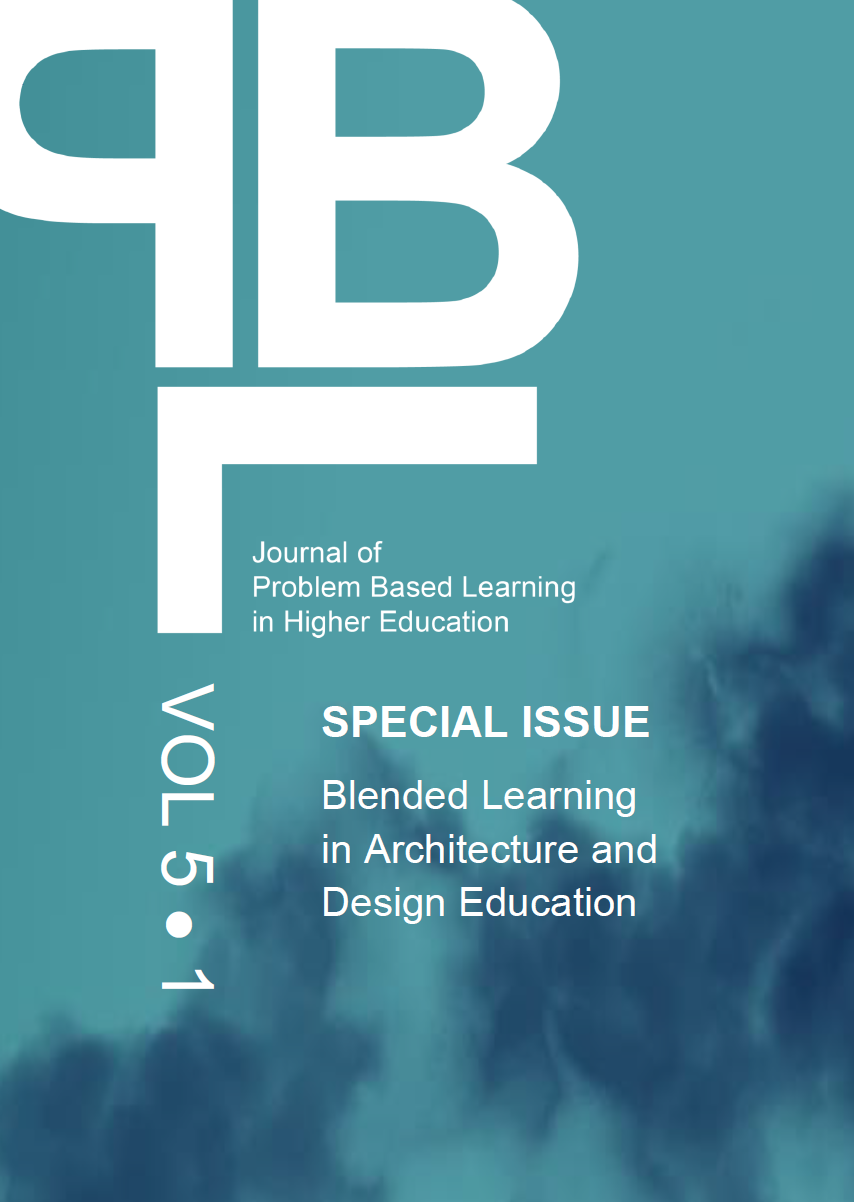Abstract
This paper describes a pedagogical experiment in which blended learning strategies were used to replace the traditional role of design tutors in a first year architectural design studio. The pedagogical objectives, blended learning strategies and outcomes of the course are detailed. While the quality of the student design work produced by the blended learning design studio was independently assessed as being of a very high standard, the student feedback on the course was mixed. Given the equivocation evident in the student feedback, the paper concludes by speculating on factors beyond the educational strategies that may have led to the high quality of student design work.
References
Mayo, Elton (1945). The Social Problems Of An Industrial Civilization, Boston: Division of Research, Graduate School of Business Administration, Harvard University.
Muir, Michael (a year 1 architecture student at the University of Sydney in 1973). Interview, conducted June 3, 2016.
Neville, Alan J. (2009). "Problem-Based Learning and Medical Education Forty Years On". Medical Principles and Practice, 18 (1): 1–9.
Articles published in Journal of Problem Based Learning in Higher Education are following the license Creative Commons Attribution 4.0 (CC-BY)
Authors retain copyright and grant the journal right of first publication with the work simultaneously licensed under a Creative Commons Attribution 4.0 International License (CC-BY). Further information about Creative Commons
